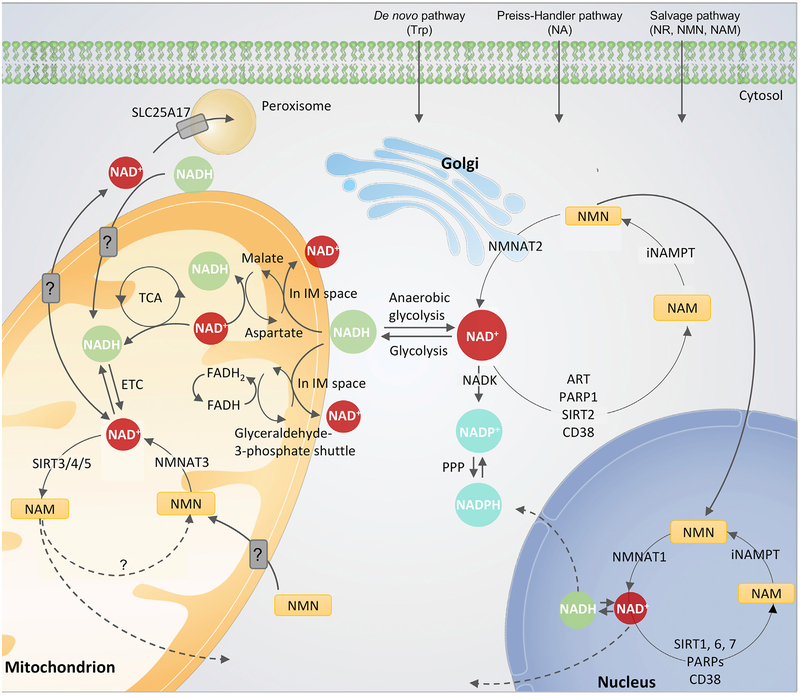Figure 2. Subcellular Homeostasis of NAD+.
The equilibrium of NAD+ is a balance of synthesis, consumption, and recycling in various subcellular compartments including the cytosol and Golgi, the nucleus, and the mitochondria. The expression of subcellular-specific NAD+-consuming enzymes in addition to the subcellular transporters and redox reactions of NAD+ affect the equilibrium. After cell entrance, NAD+ precursors are metabolized via three major pathways (Figure 1) to NAD+. In the cytosol nicotinamide (NAM) is converted to nicotinamide mononucleotide (NMN) by the intracellular form of NAM phosphoribosyltransferase (iNAMPT). NMN is then converted to NAD+ by NMN transferase 2 (NMNAT2), associated to the outer Golgi membrane in the cytosol. NAD+/NADH is utilized during glycolysis, and NADH is also used by the malateaspartate and the glyceraldehyde-3-phosphate shuttles located in the inner mitochondrial membrane. In the mitochondrial matrix, the malate-aspartate shuttle oxidizes NAD+ to NADH, whereas the glyceraldehyde-3-phosphate shuttle converts flavin adenine dinucleotide (FADH) to FADH2, providing electron donors for the ETC. In the mitochondrion, NMN is converted to NAD+ by NMNAT3. NAD+ is utilized by TCA cycle in the mitochondrion to generate ATP, and additionally used by the NAD+-dependent mitochondrial sirtuin 3–5 (SIRT3–5) generating NAM. It is still not known whether NAM can be converted back to NMN within the mitochondrion or whether it is transported/diffusing out of the mitochondrion to the cytosol before conversion. Additionally, studies have indicated transporters of NAD+, NADH, and NMN in the mitochondrial membrane, but no specific transporters have been identified yet. An NAD+ transporter has been found in peroxisomes, SLC25A17, where NAD+ likely participates in b-oxidation. Within the nucleus, NMN is converted to NAD+ by NMNAT1, and NAD+ is here consumed predominantly by SIRT1, 6, 7, and poly (ADP-ribose) polymerase 1–3 (PARP1–3). Like in the cytosol, NAM is recycled back to NMN by iNAMPT.

